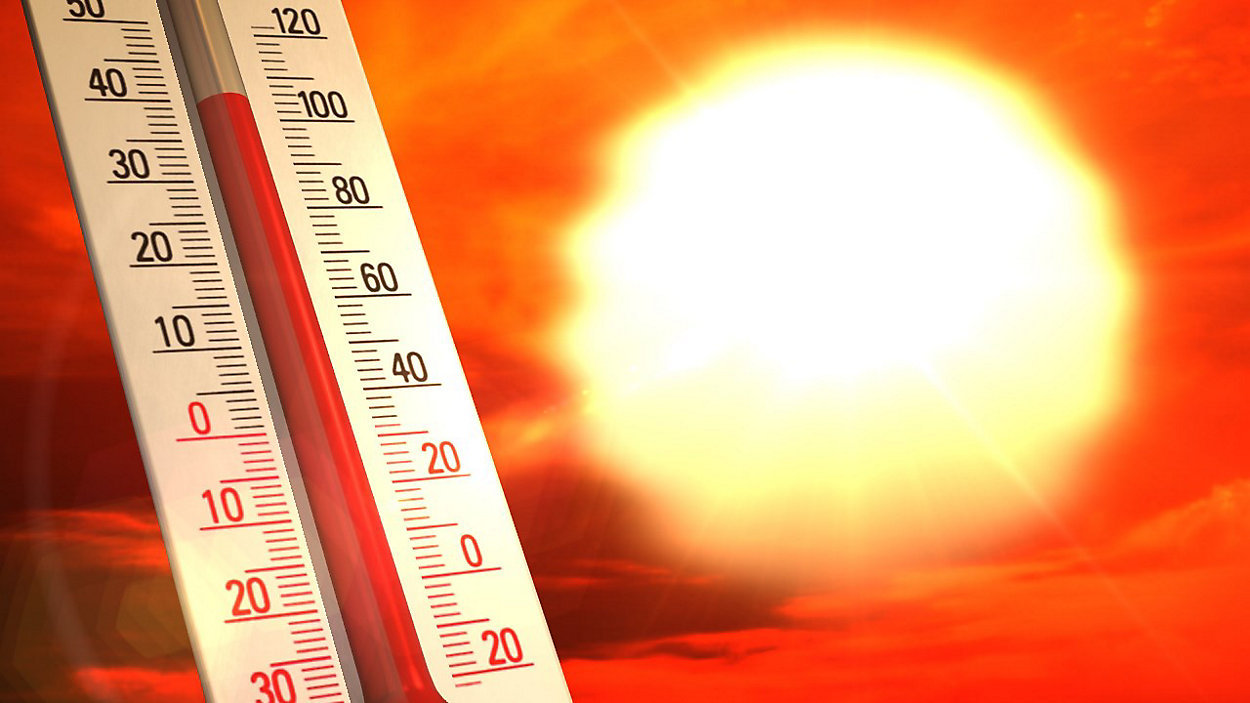LISTEN TO THIS ARTICLE:
Every year summers get longer and heat waves become more frequent and intense, raising the risk of heat sickness, dehydration, and sun burn for everyone. However, people on certain mental health medications need to be especially careful in the heat. Antipsychotic medications present the biggest issue for heat stroke, but other drugs, like lithium, buprenorphine/Suboxone, and some antidepressants, can also cause problems. First, let’s go over the stages of heat sickness and how to recognize them.
What is heat sickness?
Heat sickness is an umbrella term that includes heat cramps, heat exhaustion, and heat stroke. People are most at risk for heat sickness when they are physically exerting themselves in extremely hot and humid conditions. However, even people who aren’t moving much can also get heat sickness. Lack of rest, heavy sun exposure, and low fluid intake make heat sickness more likely. All of this can combine with perilous consequences for people on mental health medications.
Heat cramps are the mildest form of heat sickness that are limited to muscle cramps during physical activity. Heat exhaustion is when things get serious. Nausea, vomiting, dizziness, headaches, and weakness are major hallmarks. People sweat profusely. Their skin feels cool and pale. In the psychiatric realm, their behavior changes, and they become irritable. This can all be reversed if the person rests in a cooler area and drinks lots of fluids.
Heat stroke is the worst phase of heat sickness and can be deadly if not treated. This comes on when the symptoms of heat exhaustion go unnoticed. The body can no longer cool itself, and body temperature soars to 105°F or higher. Pulse and breathing quicken. The skin goes from cool, pale, and moist to hot, red, and dry. Behavior changes become even more intense. People become agitated, confused and lethargic. If they don’t get medical attention, seizures, coma, and death follow. If people get heat stroke, they will need go to the hospital. They will need IV fluids and cooling ice baths to bring down their body temperature.
Antipsychotic medications
Antipsychotic medications are helpful in a wide variety of mental health conditions. These include Schizophrenia and related conditions, Bipolar Disorder, Major Depressive Disorder, and Borderline Personality Disorder. They also help manage mania, agitation, paranoia, and delusions.
Antipsychotic medications can make it harder for our bodies to regulate their own internal temperatures. This can make people more prone to heat sickness. People on this kind of mental health medication need to be very careful in the heat. They need to limit time in the sun, drink enough fluids, and not over exert themselves.
Lithium and sweating
Lithium is a mood stabilizer frequently used in treating Bipolar Disorder. It presents a unique and easily missed issue in hot weather. Lithium (chemical symbol Li) is a salt, so your body and its kidneys treat it like sodium (chemical symbol Na). Extremely hot weather where you are losing lots of fluids through sweating causes issues because of how your body balances the levels of salt (normally sodium) and water in your body.
When you lose a lot of fluid quickly through sweating, the concentration of lithium in your blood can spike, leading to lithium toxicity. Lithium toxicity causes dizziness, tremors, slurred speech, lethargy, and confusion. You can guard against this by getting enough fluids and limiting time in hot, sunny weather.
Sun sensitivity with antidepressants
Antidepressants create challenges for people when weather is especially sunny and hot. Tricyclic antidepressants (TCAs) are an older style of antidepressant that include amitriptyline, nortriptyline, doxepin, imipramine, and clomipramine. They help treat depression, anxiety, OCD, insomnia, migraines, and chronic pain. TCAs can make the skin more sensitive to sunlight. People taking TCAs need to be much more careful about the amount of time they spend in the sun because they sunburn much more quickly. Sunscreen or clothes that provide more skin coverage are the best options when you have to be outside.
Suboxone ® (buprenorphine/naloxone)
Suboxone is a medication that can be used to help people transition off opioids as part of Opioid Use Disorder treatment. One half of Suboxone is buprenorphine, a weak opiate that staves off withdrawal while also blocking the effects of other opiates. One of the most common side effects of buprenorphine is increased sweating. In hot weather, people taking Suboxone need to make sure to get extra fluids and avoid exertion to guard against dehydration. Using Suboxone can also be risky when people put themselves in hot places, such as hot tubs, saunas, or tanning beds.
Preventing heat sickness
If you’ve noticed any of these symptoms in yourself or in someone you know who is on one of these mental health medications, get out of the heat and sun as soon as possible and avoid strenuous exercise outside. Always know that the best remedies to heat sickness are rest, cooling, and drinking fluids. When you’re inside, draw the curtains and keep fans or air conditioning on. If you must be out in the sun, apply sun screen. Also, wear airy, light-colored, SPF-rated clothing that covers as much skin as possible. Don’t hesitate to seek medical attention if you suspect something is wrong.
If you are struggling with a mental health issue, try our symptom checker and Find a Provider!

 Learn
Learn Read Stories
Read Stories Get News
Get News Find Help
Find Help

 Share
Share
 Share
Share
 Share
Share
 Share
Share



